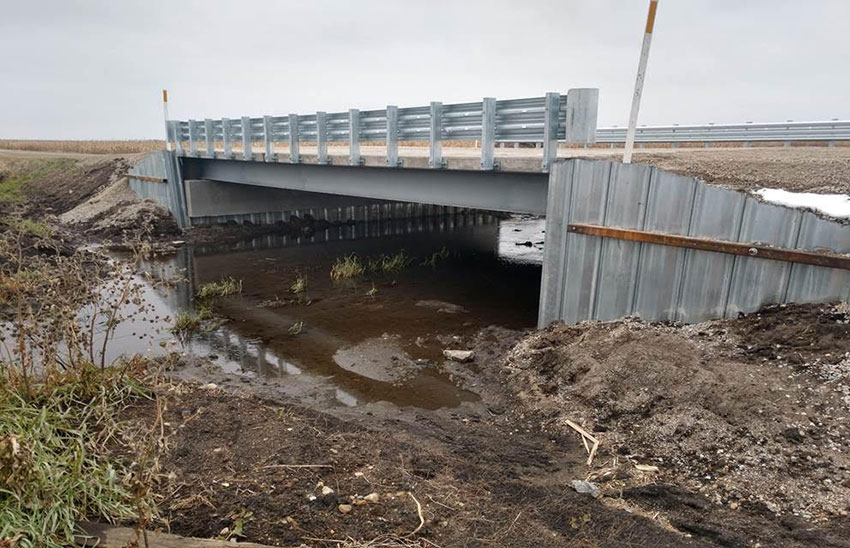Not Quite Your Grandfather's Steel
Conclusion
The introduction of A913 nearly two decades ago has expanded architects' and engineers' structural options considerably, particularly but not exclusively on larger projects. The entry of a domestic manufacturer into the A913 field, moreover, creates not only healthy competition but the possibility of relief from supply-chain uncertainties and logistical complications, factors that have always been important but are even more so in the post-pandemic economy. This circumstance implies that the gradual adoption of this material may accelerate throughout the American built environment.
Voelkle, reflecting on her team's experience with The Spiral, notes that “domestic sourcing of critical materials such as steel means the reduction of transportation time, which reduces the carbon footprint.” While BIG, as architects, rarely advise engineers and contractors about the details of steel purchases, she and her colleagues find that some clients more readily commit to domestic purchases for the sake of facilitating parts replacements, quality assurance, and facility inspections. That said, the European manufacturer can counter these advantages through longer experience with A913. With a material that generates such benefits, there are no bad choices.
End Notes
American Road & Transportation Builders Association. National Bridge Inventory: Iowa. 2021. https://artbabridgereport.org/state/profile/IA, accessed Dec. 3, 2021.
American Welding Society. Structural Welding Code D1.1, Miami, FL, 2000. https://law.resource.org/pub/us/cfr/ibr/003/aws.d1.1.2000.pdf, accessed Dec. 4, 2021.
Axmann, Georges. Steels for Seismic Applications: ASTM A913 Grade 50 and Grade 65. Undated. https://constructalia.arcelormittal.com/files/Histar_ASTM_A913_seismic_ncee_en—61dfc888567e795a95bac31b26d5743c.pdf, accessed Dec. 3, 2021.
Finnigan, Shelley; Charnish, Barry; Chmielowski, Robert. Steel and the Skyscraper City: A Study on the Influence of Steel on the Design of Tall Buildings. Council on Tall Buildings and Urban Habitat, 2015. https://global.ctbuh.org/resources/papers/download/2409-steel-and-the-skyscraper-city-a-study-on-the-influence-of-steel-on-the-design-of-tall-buildings.pdf, accessed Dec. 20, 2021.
Hoffmann, Christian; Van Hoey, Michael; Zeumer, Benedikt. Decarbonization challenge for steel: hydrogen as a solution in Europe. New York: McKinsey and Company, 2020. https://www.mckinsey.com/~/media/McKinsey/Industries/Metals%20and%20Mining/Our%20Insights/Decarbonization%
20challenge%20for%20steel/Decarbonization-challenge-for-steel.pdf, accessed Dec. 7, 2021.
International Energy Agency. Iron and Steel Technology Roadmap. IEA, Paris. October 2020. https://www.iea.org/reports/iron-and-steel-technology-roadmap, accessed Dec. 4, 2021.
International Energy Agency (lead authors: Oki, Takahiro; Salamanca, Hugo). Driving energy efficiency in heavy industries. IEA, Paris. March 17, 2021. https://www.iea.org/articles/driving-energy-efficiency-in-heavy-industries, accessed Dec. 4, 2021.
World Steel Association. Steel in the Circular Economy. Brussels: World Steel Association, 2015. https://www.worldsteel.org/en/dam/jcr:00892d89-551e-42d9-ae68-abdbd3b507a1/Steel+in+the+circular+economy+-+A+life+cycle+perspective.pdf, accessed Dec. 7, 2021.
Bill Millard is a New York-based journalist who has contributed to Architectural Record, The Architect's Newspaper, Oculus, Architect, Annals of Emergency Medicine, OMA's Content, and other publications.












